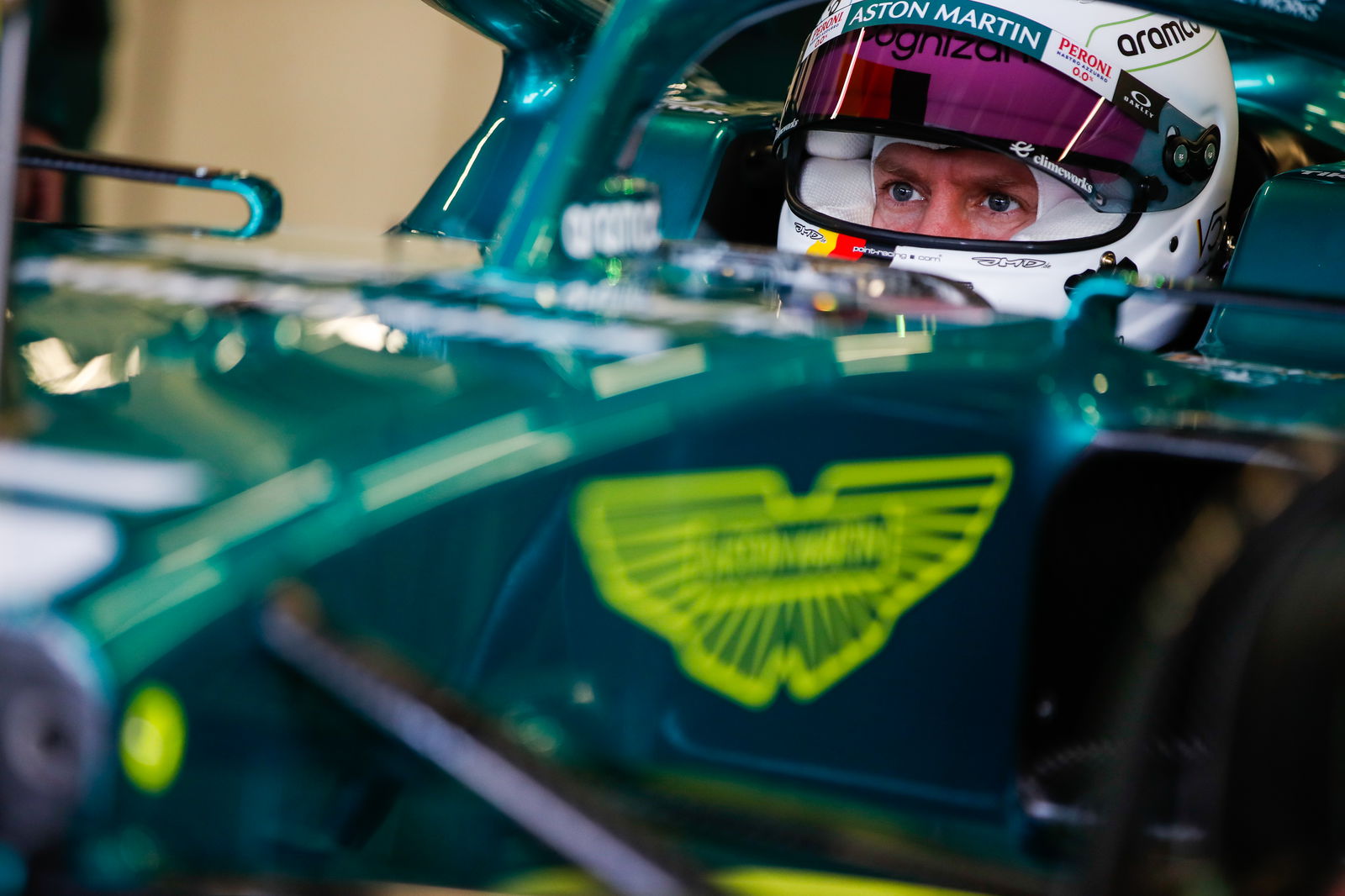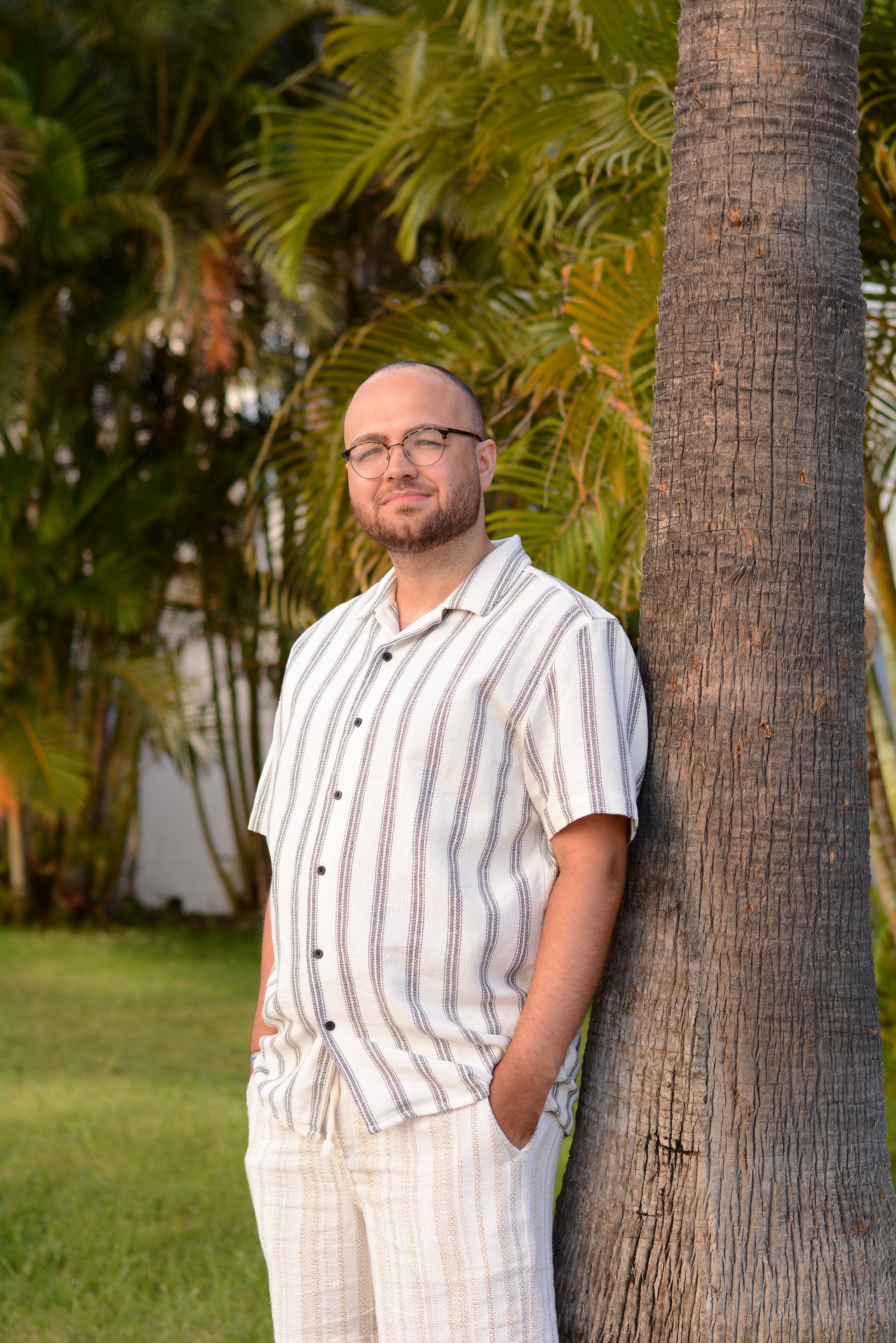Tost: F1 2022 cars may be hard to follow at high-speed
.jpg?width=1600&aspect_ratio=16:9)
F1’s new regulations were devised to allow cars to follow more easily through corners while making it a more even playing field up and down the pit lane.
The introduction of simpler car designs and a ground effect floor are expected to make it easier for cars to follow each other and thus make it easier to overtake with ‘dirty air’ a common complaint since 2017.
Speaking after the launch of AlphaTauri’s AT03 car, Tost believes cars will be able to run close to each other in low to medium speed corners but will struggle at high-speed.
“I think in the slow-speed and the mid-speed corners, the cars will be closer together,” Tost explained
“I have some doubts for the high-speed ones because with these wide cars and the big tyres, there's always some dirty air behind them, therefore, I'm not sure that it will be so easy to follow. Let's wait and see after the first test.”
Looking at AlphaTauri’s competitors, Tost conceded that despite the more restrictive regulations for 2022, a team could steal a march in terms of performance if they find a loophole in the rules.
“It's difficult to answer right now, because the completely new technical regulations mean that all the teams have had to design this new generation of car from zero, from a blank piece of paper,” Tost added. “Although everything is quite restricted by the regulations, it's possible that one team has found a very special solution and will therefore have a performance advantage.
“It's not easy to estimate where the teams will be because everything is new, from the mechanical to the aerodynamic side, but I personally hope that the cars will be closer together. Realistically, we will only have an idea of how well Scuderia AlphaTauri will perform after the first tests, and we'll have to wait until after the first two or three races to have a better picture.”


